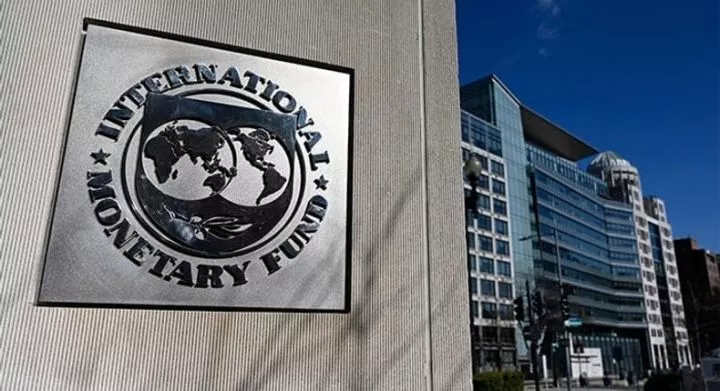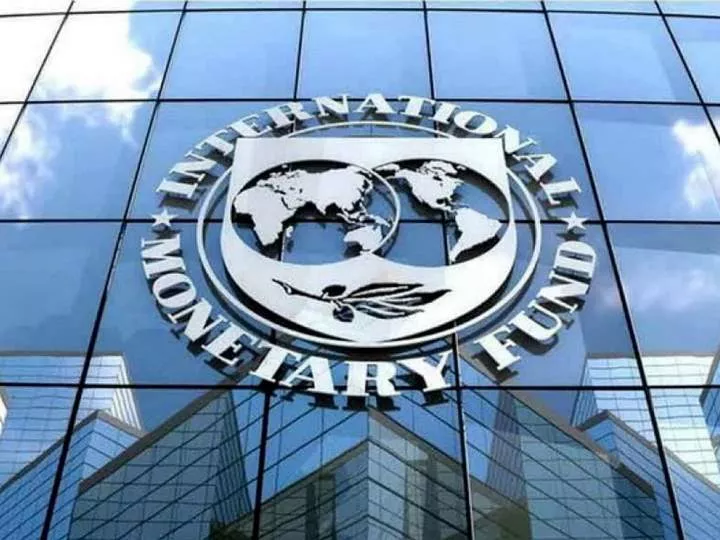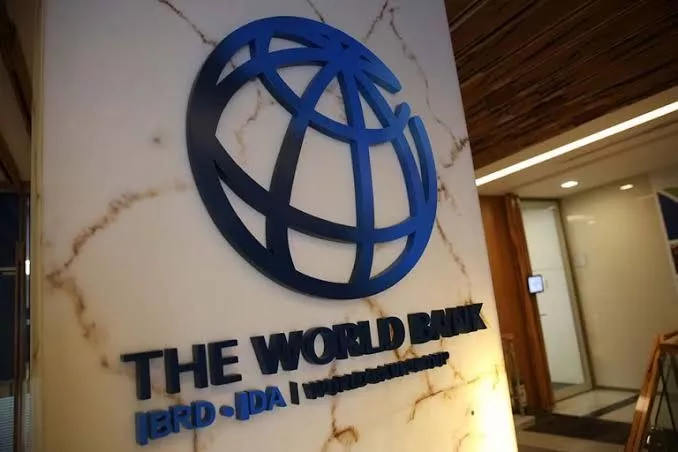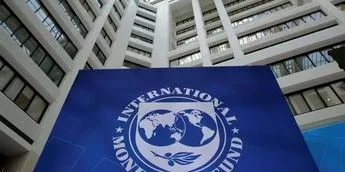
The International Monetary Fund (IMF) has announced it is reducing the costs for countries that borrow money from it by up to 36%.
In a statement from the global lender on the review of the charge and surcharge policy, the fund noted the challenging global environment coupled with high interest rates necessitated the reduction.
According to the statement, changes were made to how much they charge on loans, which will lower the borrowing cost by 36%, saving countries about $1.2 billion each year.
This reduction will mainly affect fewer countries, from 20 currently to 13 by 2026.
The fund noted that the changes include reducing extra charges on loans and raising the threshold for when these charges apply.
However, some charges will remain to ensure that the IMF has enough money to help countries in need and manage risks.
The goal is to provide affordable loans to member countries while ensuring the IMF stays financially strong. These changes will start on November 1, 2024.
The Managing Director of the IMF, Ms. Kristalina Georgieva said of the review, "In a challenging global environment and at a time of high interest rates, our membership has reached consensus on a comprehensive package that substantially reduces the cost of borrowing while safeguarding the IMF's financial capacity to support countries in need."
"The approved measures will lower IMF borrowing costs for members by 36 per cent, or about US$1.2 billion annually. The expected number of countries subject to surcharges in fiscal year 2026 will fall from 20 to 13."
"This is achieved by reducing the margin over the SDR interest rate, raising the threshold for level-based surcharges, lowering the rate for time-based surcharges, and increasing the thresholds for commitment fees. The approved package will take effect on November 1, 2024."
"While substantially lowered, charges and surcharges remain an essential part of the IMF's cooperative lending and risk management framework, where all members contribute, and all can benefit from support when needed. Together, charges and surcharges cover lending intermediation expenses, help accumulate reserves to protect against financial risks and provide incentives for prudent borrowing. This provides a strong financial foundation that allows the IMF to extend vital balance of payments support on affordable terms to member countries when they need it most."
What you should know
The International Monetary Fund (IMF) has long been a critical player in providing financial assistance to countries facing economic challenges, often stepping in when nations struggle with balance of payments issues, currency crises, or debt burdens.
However, the IMF's lending practices have come under scrutiny in recent years, especially during periods of high global interest rates.
Borrowing from the IMF can be expensive for member countries due to additional charges known as surcharges that are applied on top of the base interest rate.
These surcharges, designed to encourage countries to repay loans quickly and avoid excessive borrowing, became more burdensome as the global economy faced a challenging post-pandemic recovery, rising inflation, and geopolitical tensions.
In response to surging inflation in many countries of the world, Central Banks have adopted a hawkish monetary policy stance jacking up interest rates resulting in an increase in the cost of borrowing for businesses and governments.
However, that monetary policy stance has begun to taper off with the Federal Reserve Bank of the United States cutting interest rates at its last meeting.
















Comments